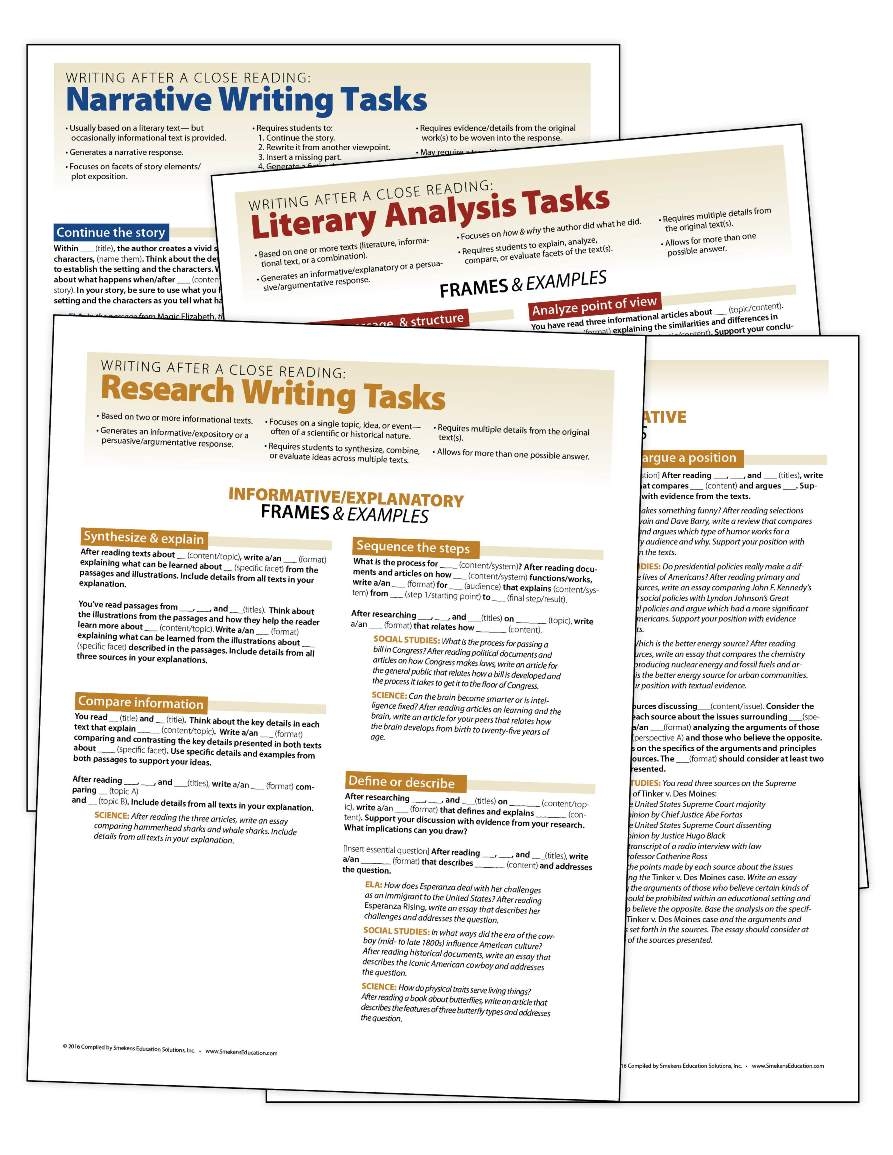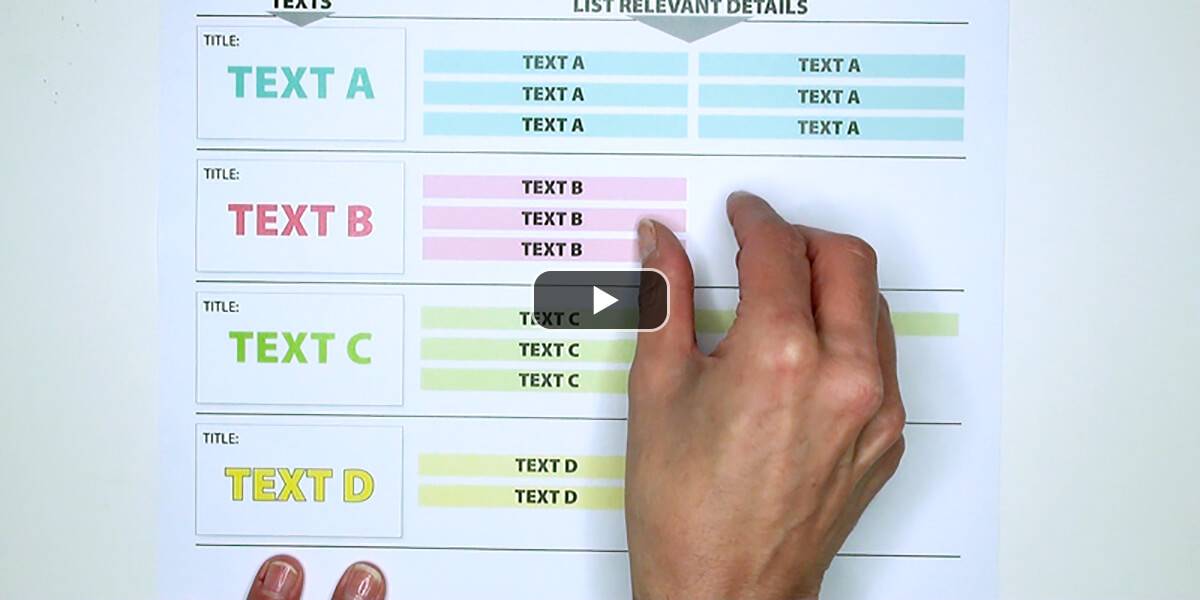Learning Center
Reading
Culminate a close reading with a writing task
November 27, 2023
 Conclude a close-reading experience with a writing task that assesses students’ new understanding of the text, topic, and/or author. Such a culminating task mirrors the requirements of many standardized reading assessments. Consequently, look for opportunities to weave similar writing-about-reading scenarios into your classroom.
Conclude a close-reading experience with a writing task that assesses students’ new understanding of the text, topic, and/or author. Such a culminating task mirrors the requirements of many standardized reading assessments. Consequently, look for opportunities to weave similar writing-about-reading scenarios into your classroom.
Depending on the text-dependent questions that led to the extended prompt, many of the thoughts and annotations made during the reading are used in the after-reading writing task. Students are expected to demonstrate their deep thinking and new understanding.
Three common after-reading writing tasks include the Literary Analysis, Research Writing, and Narrative Writing. Students must accurately decode the prompt to determine if they are writing a persuasive/argumentative, informative/expository, or narrative response.
Literary-Analysis Task
Within a literary analysis, readers study, compare, and/or evaluate an author’s craft. After closely reading excerpts in literature, students might analyze some of the literary devices (e.g., irony, satire, figurative language, etc.). Or, perhaps they are evaluating the author perspectives or text structures of multiple informational texts.
NOTE: Introduce the literary-analysis task after reading one text before asking students to juggle multiple passages.
- Informative prompt:
“The Carpet Fitter” is intentionally organized to create a twist or surprise ending. Analyze how the author accomplishes this. Explain how different sections of this text contribute to this overall effect. - Argumentative prompt:
Analyze the song, “Let it Go” from the movie Frozen. Is the author’s message inspiring or disheartening? After reading the print lyrics and viewing the Disney video clip, write an essay that argues which is the author’s intended purpose. Support your position with specific details and observable evidence from both texts. Be sure to acknowledge competing views.
Research-Writing Task
After achieving a close reading of multiple nonfiction texts, students may be asked to utilize information from all the sources within a research-writing task. They are not to summarize the texts, but rather synthesize the information. Depending on how the prompt is worded, this synthesis can generate a persuasive/argumentative response or an informative one.
- Informative prompt:
Can the brain become smarter or is intelligence fixed? After reading the three passages on learning and the brain, write an article for your peers that relates how the brain develops from birth to twenty-five years of age. - Argumentative prompt:
Did Amelia Earhart most likely crash on Nikumaroro Island or into the Pacific Ocean? After reading about Amelia Earhart’s final flight, write an essay that argues your opinion of her final resting place. Support your position with evidence from your research. Be sure to acknowledge competing views. Back up your claim with reasons and evidence from all three sources.
Narrative-Writing Task
After teaching story elements in reading and writing, then a narrative-writing task is a logical prompt choice. After closely reading literature, students may have to rewrite the original story/scene from another point of view, insert the missing piece, or tell what will likely happen in the sequel.
- Narrative prompt:
You have read Anthony Browne’s Voices in the Park. Think about how the story would be different if it were told from the dog’s viewpoint. Write a fifth story from the point of view of the dog. Be sure to utilize the story element and plot details apparent in all four original versions.




